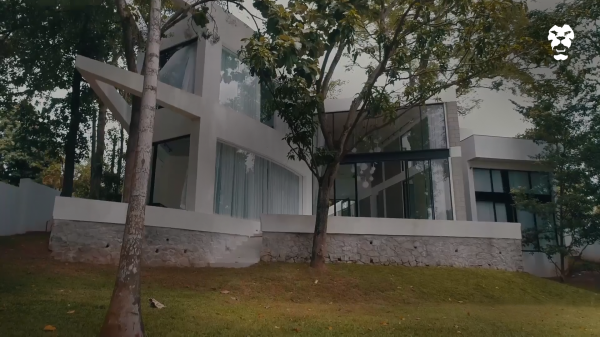
Drawing on ‘more-than-human’ life forms, such as plants and spirits that haunt and populate landscapes across Sri Lanka, Karachi-based artist Omer Wasim’s latest project will explore objects and materials to evoke relational associations, invoking various languages that simultaneously bear witness and heal.
In a conversation with Roar, Omer delved into the inspiration behind his work, along with his experiences in Sri Lanka thus far. He has traversed the island to conduct research for his project for the upcoming edition of Colomboscope, Language is Migrant.
What inspires your concepts?
My work bears witness to the relentless erasure, violence, and destruction of our times. When nation states are intent on erasing, disappearing, and annihilating dissenting life forms, we are confronted with the crisis of witnessing. Turning to the more-than-human world opens up the possibility of witnessing, passing through forces that censor and redact.
As an artist, I’m trained to study places in particular ways; and in making and showing work, exhibitionary spaces can be activated using various mediums to communicate with nuance and rigour that which is being made visible. I’d like to think that the ways in which I make work are perpetually mutating as a result of coming into contact with new landscapes and geographies—communicating, in turn, how life is lived, is not-static. I hope that my forms and modes of inquiry are always in-flux.
What mediums do you prefer to use to convey your ideas?
I don’t come at any project knowing what my forms will be. Being trained in Interdisciplinary Sculpture, installation best describes my overall practice. I call upon various mediums—like video, sculpture, text, drawing, painting, and most recently audio—to create immersive environments. I’m primarily concerned with activating space.
My forms are often minimal, and I repeatedly turn to text to situate and activate them. Text for me, at least right now, is not necessarily the work. It anchors or grounds what one encounters while coursing through my installations.
Tell us about your experiences traversing Sri Lanka. What regions did you visit?
I landed in Sri Lanka in mid-March and was quarantined in Ahangama for two weeks; following which I was in Colombo and met quite a few people. Through many conversations, fascinating stories centring trees, spirits, and hauntings emerged.
From Colombo, I travelled to Jaffna and Mullativu. As you drive toward and through the North and Noth-East, devastation is everywhere. Systemic violence laid bare—despite concerted efforts made by those in power to create realms of invisibility surrounding Sri Lanka’s civil war. The landscape remembers. Trees remember. Spirits that linger in these landscapes remember. In coursing through these lands, we must be unflinching in our commitment to remember. One also sees sprouting from ruins of bombed and abandoned houses, moments of life. Despite seeing unrelenting violence, life has resurfaced.
I feel that it’s easy to fetishise ideas of conflict and moments that render languages migrant. Ruins can also be quite cinematic, but that is not the direction I’m interested in.
We then cut across the island towards ancient ruins of the monastery at Ritigala, before heading back south to our residency base in Hiriketiya.
When examining the differences between the western, northern and southern regions of the island, what struck you the most?

In the North-East, we were able to drive through no-fire zones. The person guiding us called upon facts and figures that were quite difficult to sit with—visiting a landscape that has witnessed so much was nerve-racking. It felt like the ground beneath our feet was coming undone. Mullaitivu seemed like a ghost town. It was deserted, and it felt like the landscape itself was haunted by what it had witnessed. Because of these instances, my experiences up north and north-east felt incredibly different to those in the South and Colombo.
The element of water, however, ties the entire island together. It is constantly folding, unfolding, washing away, or bringing back the country’s past.
How have your experiences on the island resonated with the ‘Language is Migrant’ theme?
The landscapes we inhabit are informed by politics that have rendered languages migrant. Travelling through such landscapes can allow us to activate their histories. As you drive through the North of Sri Lanka, for example, you see how conflict has rendered language migrant; it’s clearly embedded in the landscape.
Both my parents were born in what was then East Pakistan, now Bangladesh. Conflict rendered my parents migrant; and as a result, their language, too, became migrant. On an extremely intimate level, the theme for Colomboscope’s upcoming edition is something I have always lived with.
Did you have any concerns about your research in Sri Lanka?
For the most part, people are still staying with and thinking about ideas that centre the “human”. I’m not interested in that, and hope to move beyond it. I’m thinking about plants, landscapes, and the spirit world.
People have embraced and are aligned with ideas of progress; more often than not, so much so that they may not resonate with other modes of inquiry that are in sync with the natural world. That said, most of the people I met here responded affirmatively to the things I was thinking about and were extremely open in sharing their experiences—despite, I guess, not agreeing with me all the way. The response in Colombo was great; and as I went up north, toward Jaffna, people were even more open to my ideas.
What is the significance of incorporating ‘more-than-human’ forms and plant-related elements for this particular project?
Nation states rely on landscapes to communicate particular ideas about how they want to be read and perceived. On closer inspection, such visions obscure the violence of environmental degradation. And, so, the task remains of locating, amidst ruins, allies in the natural world that are dissenting, countering erasure. I have been hearing a lot about ecological disturbances and the state encroaching on forested areas in Sri Lanka. This isn’t particularly my area of research for the project, but Sri Lanka’s ecology is shifting now more than ever. We lead intertwined lives with many other life forms, even though we might not always realise it.
In the North, you can see the impact of civil war everywhere in the natural world. Palmyrah and other trees in the region, for example, bear the scars of bullets and bombings. Along with people, trees and landscapes here stand as first-hand witnesses. They bear witness, remember, albeit in their own way.
The soil is a very particular colour in Jaffna. To me, it registers as Burnt Sienna. There’s something in that hue and I keep returning to it. I wonder what kind of metaphors it already holds, what metaphors it can generate.
Tell us about your experience with Colomboscope.
For me, the most interesting thing about Colomboscope has been the slow unfolding of events. I was able to gather information and learn about different regions of the island slowly. This is exactly the kind of rhythm we need to create with care and meaning, and this is the rhythm of Colomboscope. They work with care, and I’m really responding to that.
They know very fluently how artists make work as well. It’s amazing that they haven’t really pushed us to give them concrete forms, which takes a lot of trust. I’m super thankful for getting the space to immerse myself completely in research, away from pressures to create instantly.
How have your experiences in Sri Lanka impacted your journey as an artist so far?
I’m sure that my time here will change my practice in radical ways. This residency has given me the space and time to mull over an idea for a substantial period of time, and I’m excited about seeing how this will change my direction or lead to more things in the future.
This residency has also connected me to the island deeply. I’ve met many wonderful practitioners; people who have shared with me with much generosity and kindness. I hope to be able to add to these connections, turning them reciprocal, where I, too, am able to share and contribute.
In an Open House event hosted by Colomboscope, Omer’s in-process work and ideas will be shared at CasaVana in Hiriketiya, on April 26 and 27, 4 p.m. to 8 p.m.

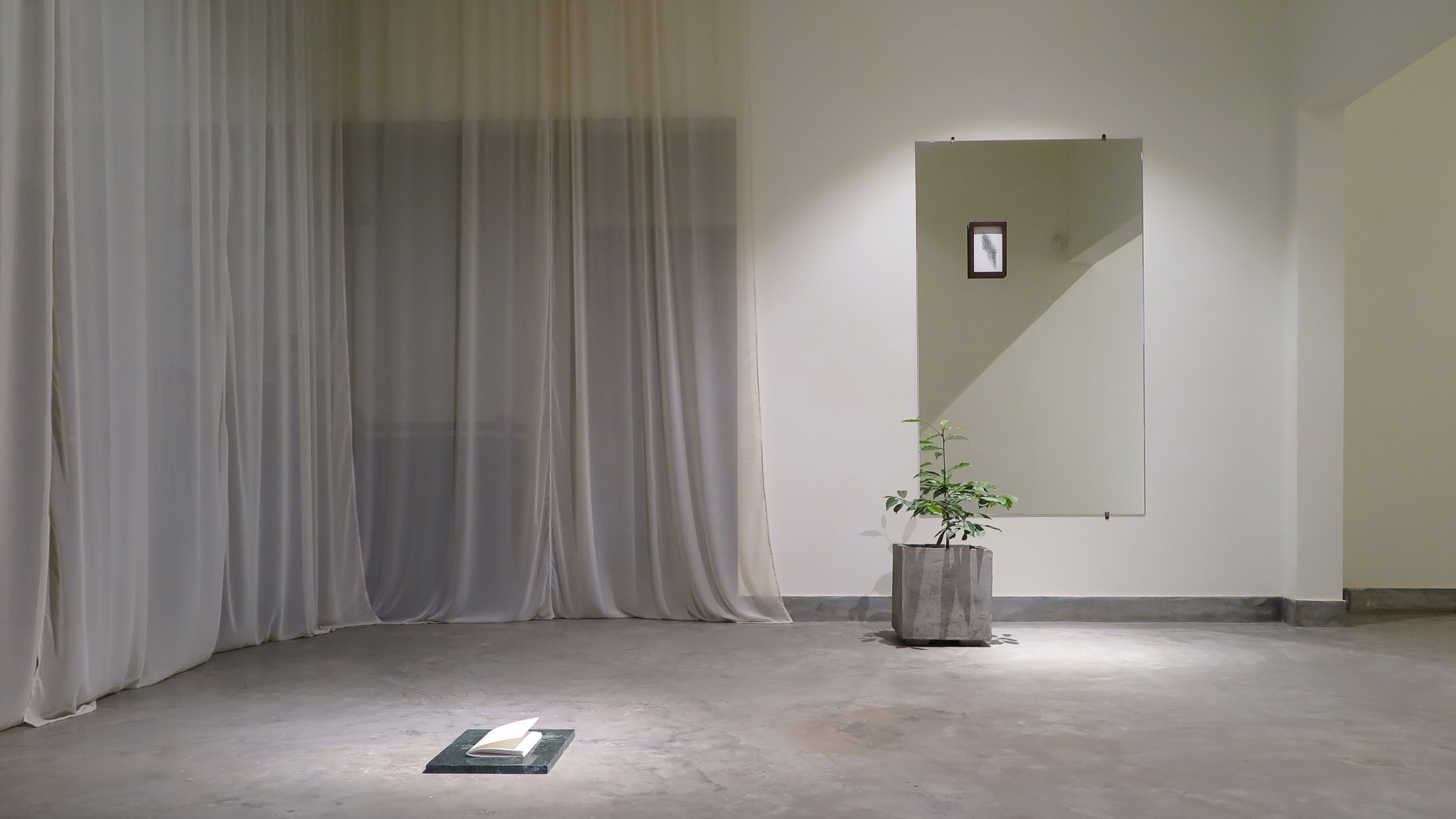
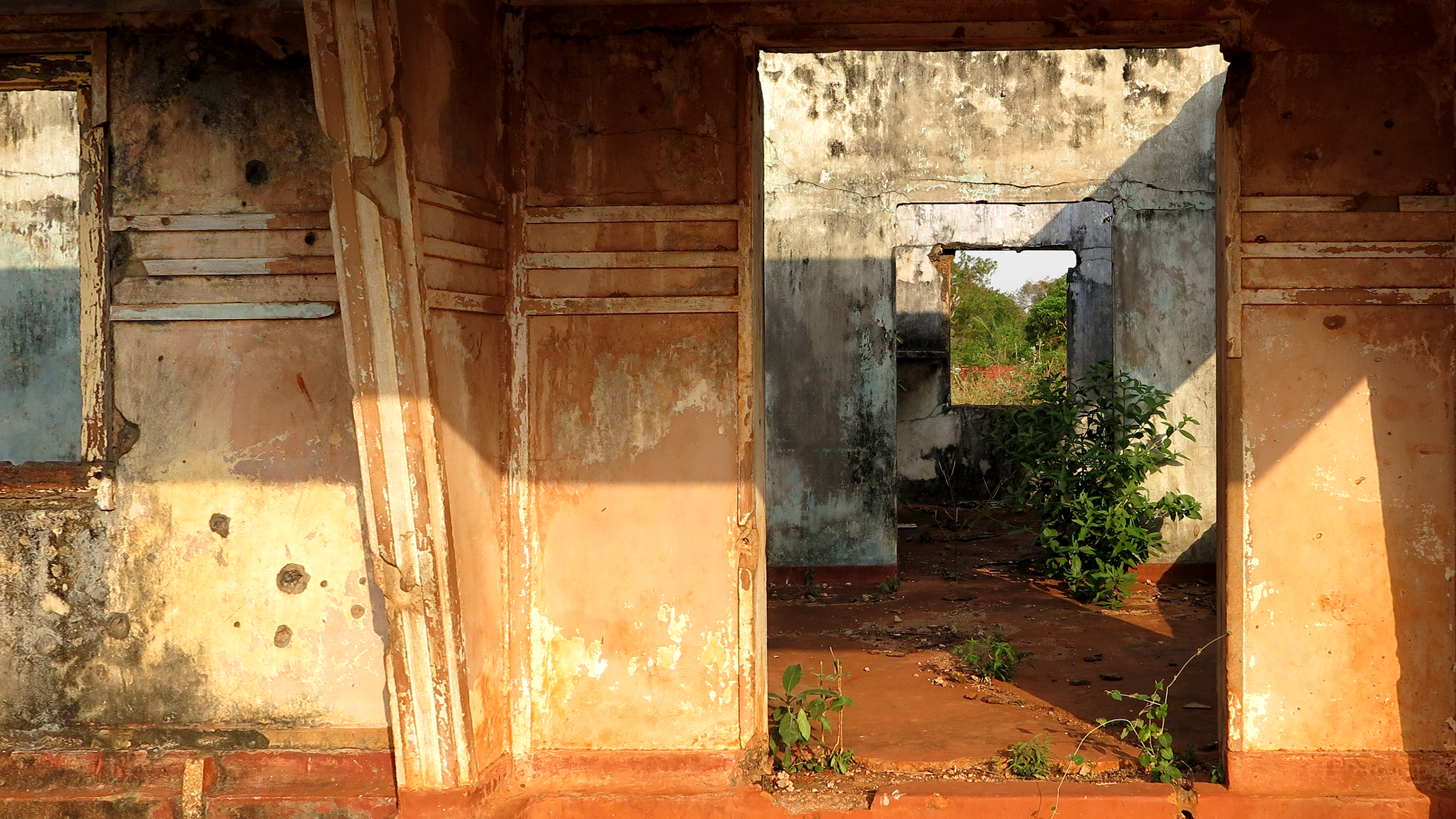

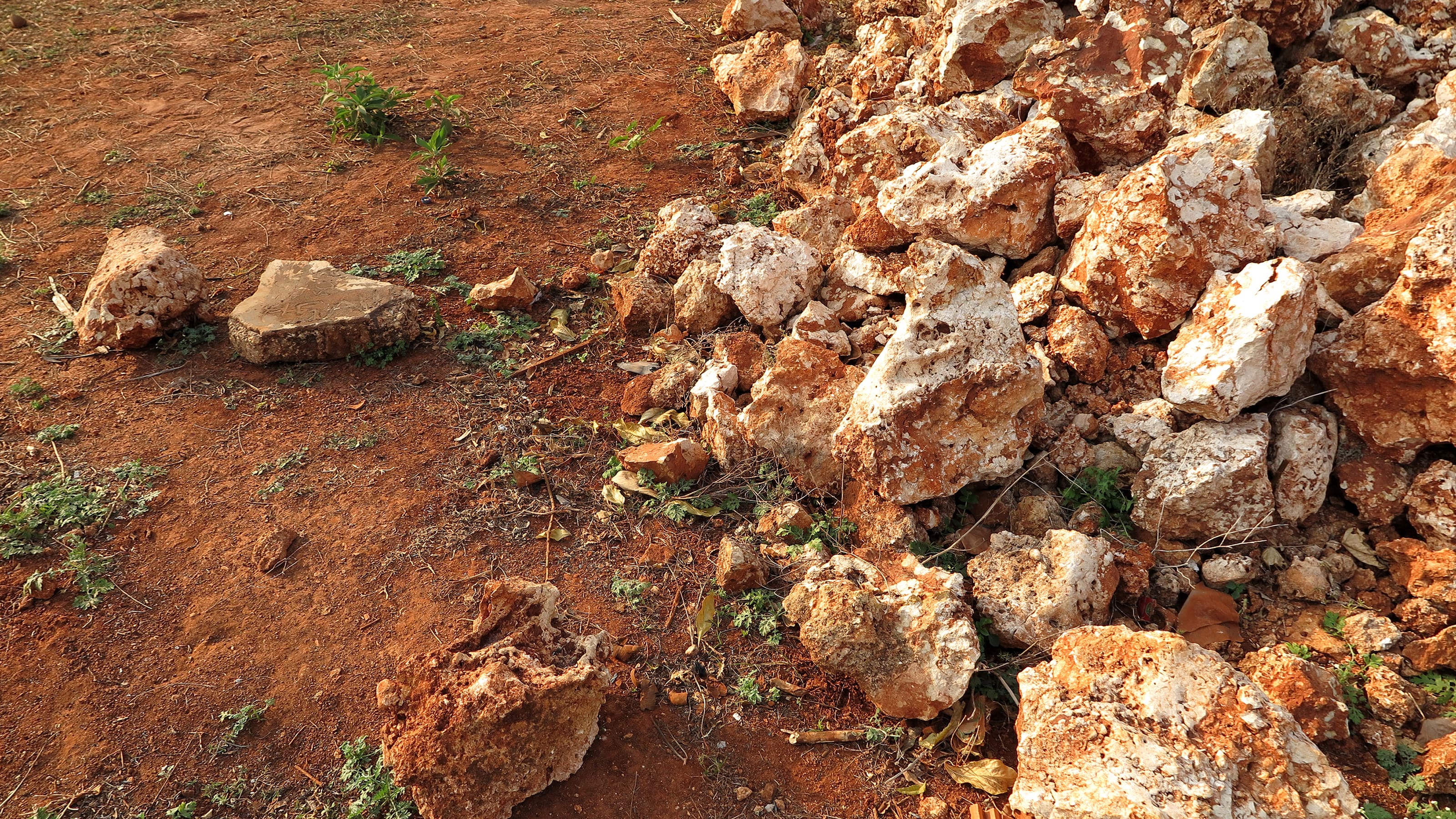

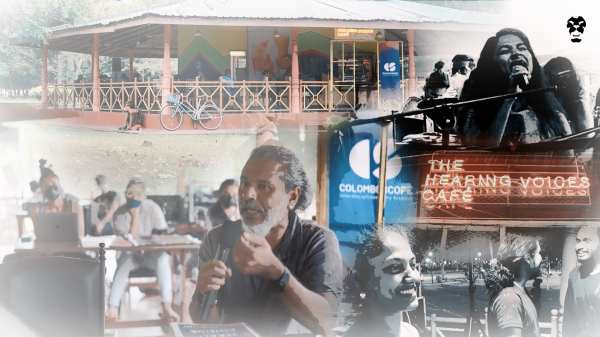
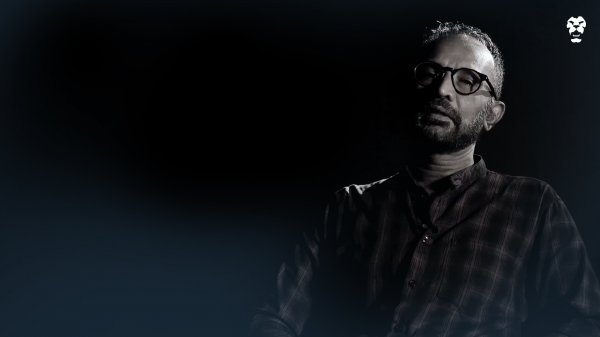
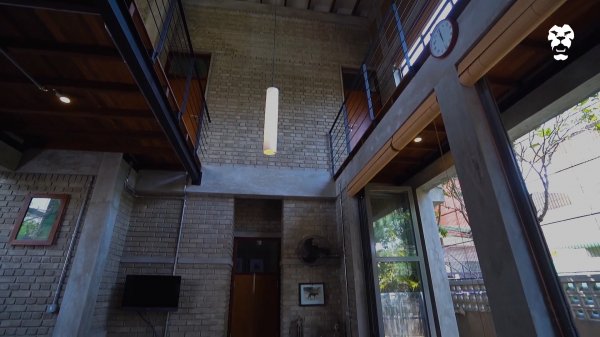
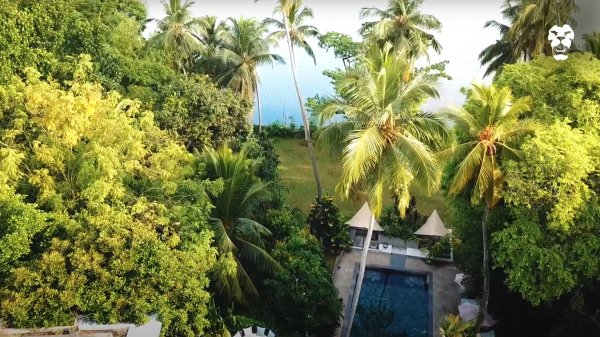
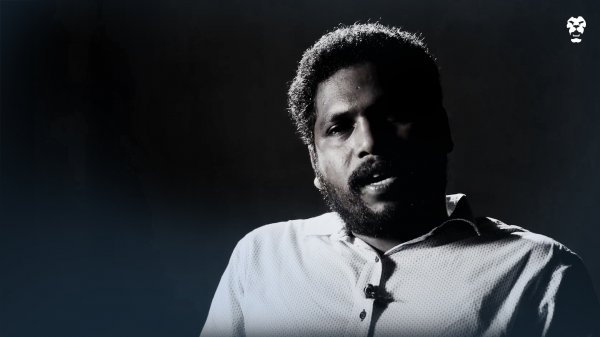
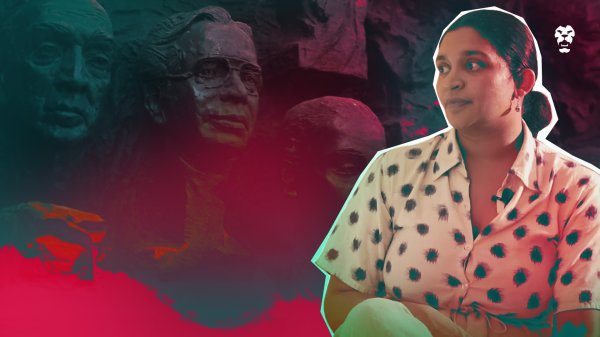
.jpg?w=600)
